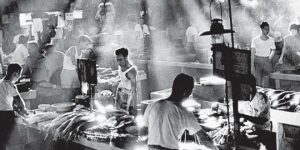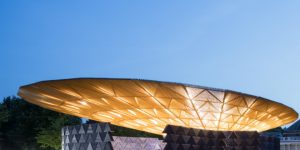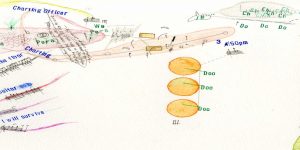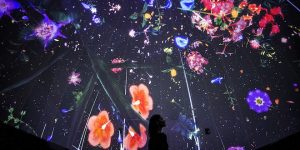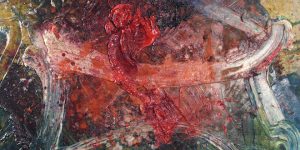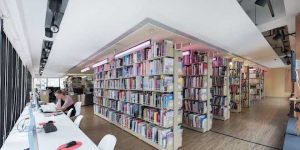Art World Forum 2017: Review
A review of the second annual Singapore edition of the Art World Forum — ‘Creating Markets: Opportunities, Challenges and the Mainstream’
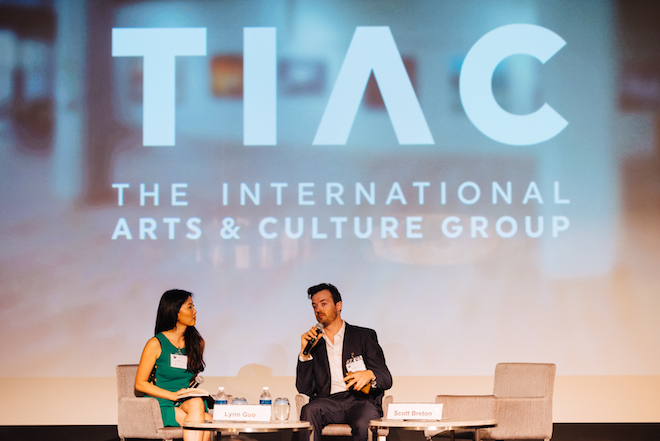
Art World Forum Singapore returned for the second time in September to present their latest edition of art world dialogues. ‘Creating Markets: Opportunities, Challenges and the Mainstream’ featured talks by partner speakers and panel discussions by industry leaders and insiders, and provided an opportunity for participants and attendees to network.
Held at the One Farrer Hotel & Spa, the all-day event featured a keynote address by LASALLE College of the Arts Senior Fellow and artist Milenko Prvački in which he shared his working methodology as an artist, as well as insight into what he believes is needed to nurture young talents and create new audiences. He also spoke about the gap which needs to be filled between artists and museums, a role he believes should be led by art historians and curators.
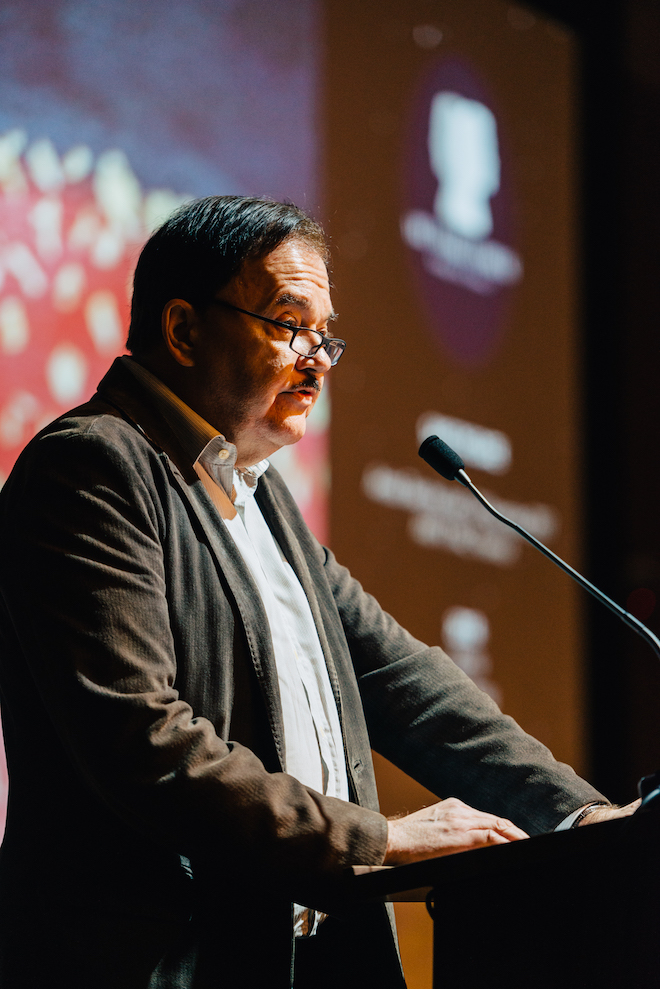
Two panelists on the discussion of art as an asset class gave both sides of the coin to illustrate their experiences with collectors. They explained that those who buy art, as they would buy gold or other securities, with the aim of expanding their portfolios and increasing their fortunes, and those who acquire art as part of a trust, taking a long term view with a vision of leaving a legacy, are two different types of collector.
Kay Vassey from MeshMinds, “an investor in creative technology for good”, gave useful insight into the world of Virtual Reality and the effect the rise of technology is having on the way art is created, experienced and shared. In a discussion with Kim Tay of The Artling, who highlighted how the online art marketplace is growing, Vassey stated that the new online model of art dealing, as opposed to the traditional brick and mortar model, should be seen as complementary and not as an either/or situation. She also warned about the downside of social media sharing as some artists may begin to cater to their audiences through what they are creating, thus changing the value of their work.
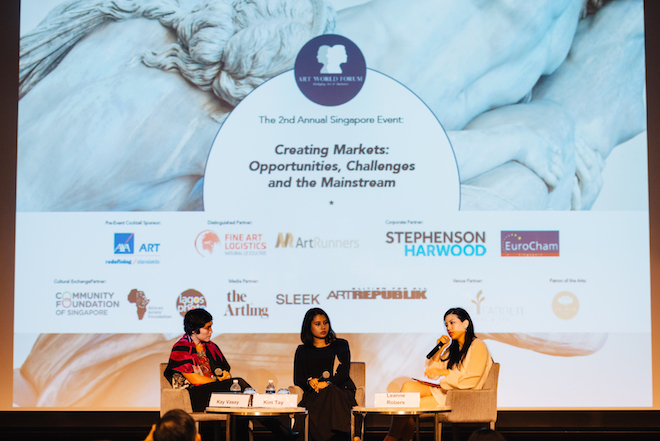
Kola Luu, Director of Partnership Development at the National Gallery Singapore and Anne-Marie Clavelli, Head of Development and Strategy for The Community Foundation of Singapore stressed the importance of philanthropy in the arts and highlighted how government funds and private donations work together to boost the arts industry and give artists the space to work freely without concerns of financial stability. With solid data, the two speakers illustrated how in 2015 government funding for the arts was at S$929.9m, while private funding was cited at S$152.6m. Private donations shown were at S$1361.0m in 2015, however, it was noted that private donations declined to S$865.6m in 2016. This was partly attributed to the tax deduction reverting to 250 percent after the Golden Jubilee year tax deductions of 300 percent in 2015 and also probably due to the downturn in the economy. Reasons cited for not donating included the difficulty of measuring impact, more urgent needs for spending, and art funding being elitist.
Other less noteworthy talks included one by a representative of the Intellectual Property Office of Singapore (IPOS) on estimating value and the commercialisation of art and design. This address fell short of actually citing recommendations for “artworks and designs to profit from the marketplace in the long term” and instead lectured on issues of copyright and intellectual property rights. Another discussion, ‘The Relationship Between an Artist and the Art Market’, which featured only two speakers, both from the same company, did not lend itself to diverse discourse due to the mere fact that both speakers were basically coming from the same perspective.
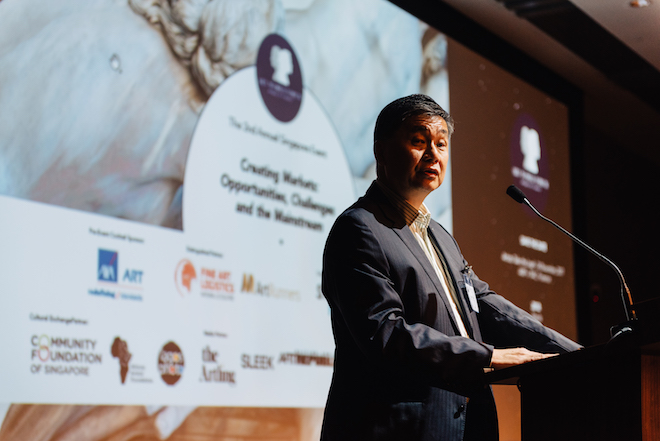
The day closed on a strong note with a group conversation that included well-articulated and informed words of wisdom from Singaporean artist Ruben Pang, moderated by Nadya Wang, Managing Editor at Art Republik magazine, with other panelists Associate Professor John Philips from National University of Singapore and Michelle Ho, Assistant Director at ADM Gallery. The discussion, ‘Interdependence: Methods and Sources of Support for a Sustainable Art Practice’ was a lively exchange of authentic insight into how artists can leverage on their own communities to form collectives and relationships to help one another navigate the art ecosystem. Pang also addressed the importance of education and training for artists in their chosen profession.
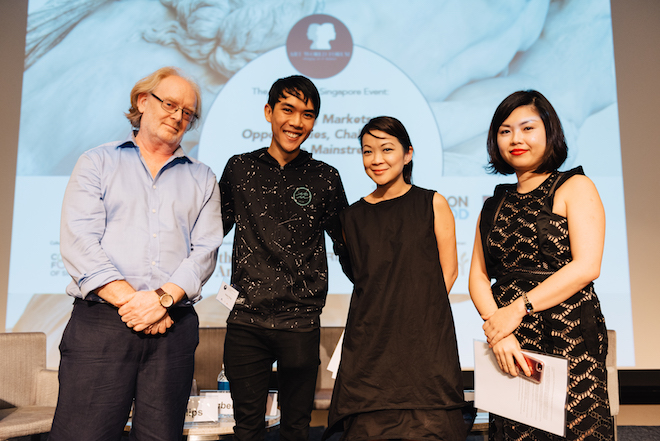
More information at artworldforum.com.
This article was written by Tanya Michele Amador for Art Republik.




